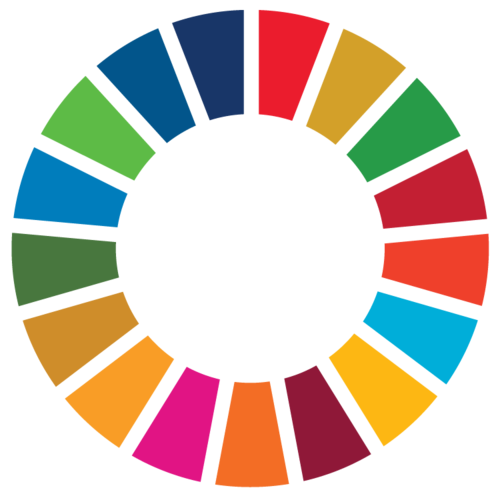Climate-neutral circular economy
The main goal of circular economy is to use natural resources in a sustainable way, generating as little waste as is possible.
In Espoo, we want to offer all Espoo residents the opportunity to live a good life now and in the future. In a growing city, it is important that the negative environmental impacts, including climate emissions, do not increase in the process. The circular economy is a new economic approach that produces well-being within the limits of the carrying capacity of the Earth. The main goal of circular economy is to use natural resources in a sustainable way, generating as little waste as is possible. In addition to daily products and services, the entire city, including its services and districts, operates in a sustainable manner. Products and materials remain in circulation for as long as possible, when goods and their components are reused and materials are recycled into raw materials for new products. For example sharing, repairing, reusing and reuse of materials are means of the circular economy to prolong the service life of products and materials.
City of Espoo is committed to promoting the circular economy
At the end of 2020, we signed the Europe-wide circular economy commitment Circular Cities Declaration, the ten goals of which promote the implementation of the city’s circular economy.
The circular economy commitment supports our goal of becoming climate-neutral by 2030 and achieving the UN’s Sustainable Development Goals as a pioneer city. The circular economy is an effective means to achieve the climate neutrality objective by reducing the use of virgin raw materials and emissions from the production of materials. The circular economy is of great importance for the sustainable use of natural resources and the maintenance and enhancement of biodiversity. The transition to the circular economy will also create new business and jobs in Espoo.
The circular economy in Espoo involves both the development of the city’s own operations and cooperation with companies and partners to promote the circular economy of the area and the services offered to the residents.
We report annually on the progress of the circular economy goals: read more on our report on the circular and sharing economy in 2023.
Our circular economy priorities from 2021 to 2025
Recently published articles
- Number of circular economy businesses on the rise in Espoo (published 15.11.2024)
- Recycling installation waste – pilot project at Espoonlahti Health Centre construction site encourages continuation (published 15.11.2024)
- Metropolia student’s survey indicates that many Finnish companies are working on the recycling polyethene film plastics (published 13.11.2024)
- Bike maintenance in autumn ensures safe riding (publishes 31.10.2024)
- What will Peter Polymer grow up to be? Exhibition about the dreams of young plastics opens (published 26.9.2024)
- Survey results: Recycled plastic is often used to package construction products, but verifying its share is more challenging (published 22.8.2024)
